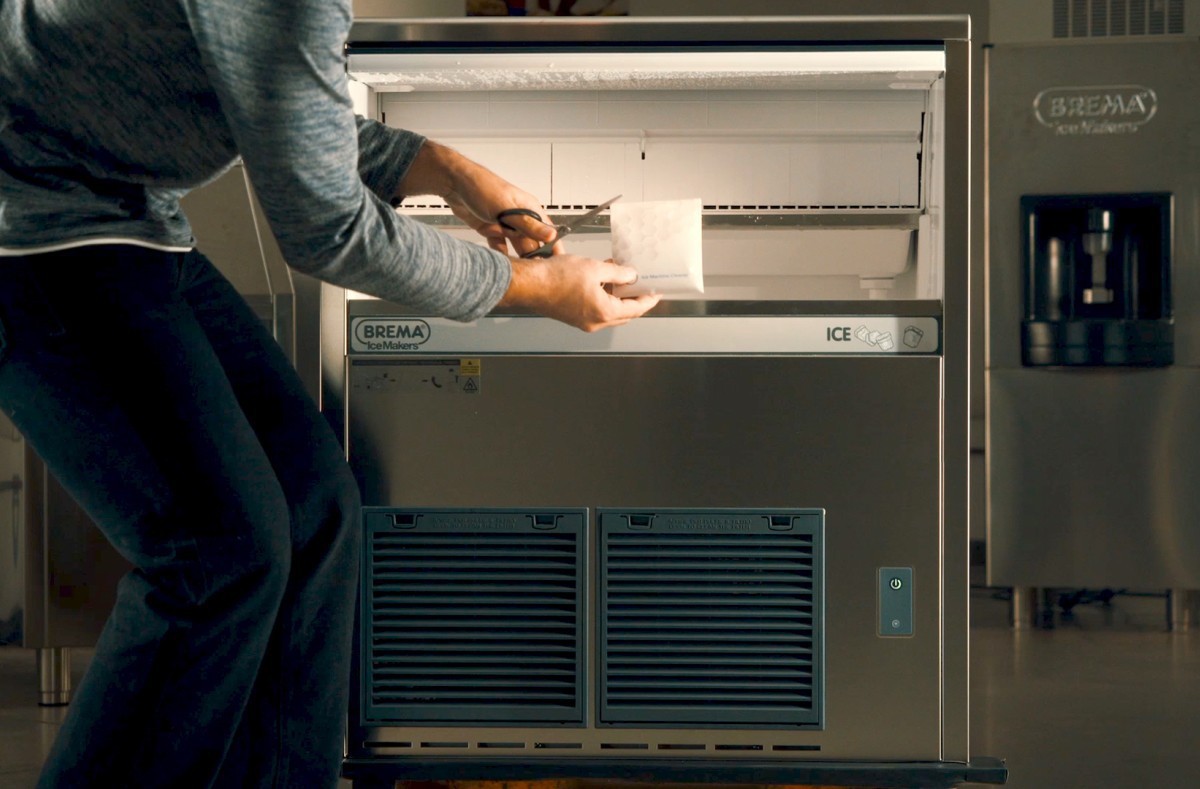
Why choose water-based polyurethane foam
![]() 2 minutes to read Pierluigi’s point of view on water-based polyurethane foam
2 minutes to read Pierluigi’s point of view on water-based polyurethane foam
The path to sustainability also passes through innovation.
Be Eco-Active, Be Certified, Be Bremakers: the Brema mantra rests on the “magic formula” of the 3 ‘B’s. At the Brema Innovation Centre, innovation blends with ethics and an eye on the future. An approach that adopts solutions and technologies that respect humans and the environment.
A lot of research and development goes into every new project at Brema: every project is the point of arrival of a long path of studies and analyses where there are many variables in play, starting from the concept of eco-sustainability.
Since 2011, Brema has chosen to use water-based polyurethane foam as an insulating material for its ice storage and conservation containers: a completely eco-compatible compound that uses Carbon Dioxide (CO2) as a blowing agent. What are the advantages of this strategic decision?
Used as insulating materials, water-based polyurethane foam creates a uniform layer that seals surfaces extremely effectively. This insulating material has high mechanical strength; despite its light weight, polyurethane foam is a very strong material, and is also ecological, produced with respect for the environment, without CFCs (chlorofluorocarbons ) or harmful chemical substances. It is also extremely durable (with a useful life of over 50 years). Polyurethane foam cannot be attacked by mould or micro-organisms, and resists very well to the hydrocarbons present in the air. Moreover, the polyurethane system we have adopted guarantees not only perfect adhesion to the moulds but can also be machined at lower temperatures. The moulds are processed at 30°C, compared to the 40-45° C that had to be used in the past. But there are more advantages. Water-based polyurethane foam assures a regular size of the cells and a regular distribution of the foam density, thus optimising thermal conductivity and compressive strength.
But let’s look at some more technical details. What is polyurethane, and what benefits can be obtained by using CO2 as a blowing agent?
Polyurethane was discovered by the German chemist Otto Bayer in 1937. This cellular-structured material began to be produced on an industrial scale in 1952. Technically speaking, it is an organic polymer, belonging to the thermoset family. Polyurethane foam is not only versatile and resistant, but is also a unique combination of a light, closed-cell structure and encapsulated insulating gases. But let me explain more. A gas, in this case Carbon Dioxide, is captured in the closed cells of the foam, thus optimising its insulating capacity. CO2 is considered safe and eco-sustainable, with zero ODP (Ozone Depletion Potential) and the lowest global warming potential (GWP = 1) of all known blowing agents.
UT – Laboratory | Technical | Brema Group S.p.A.




